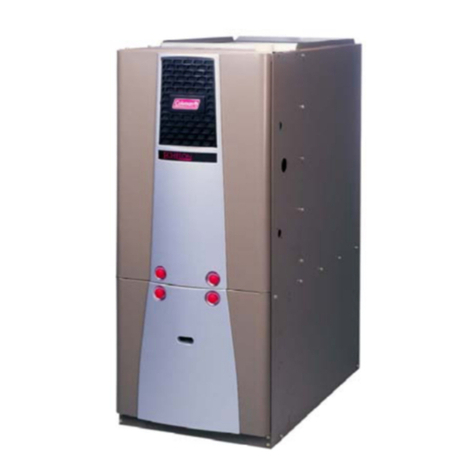Unitary products group 90% P DH Manual
Other Unitary products group Furnace manuals

Unitary products group
Unitary products group PACE User manual
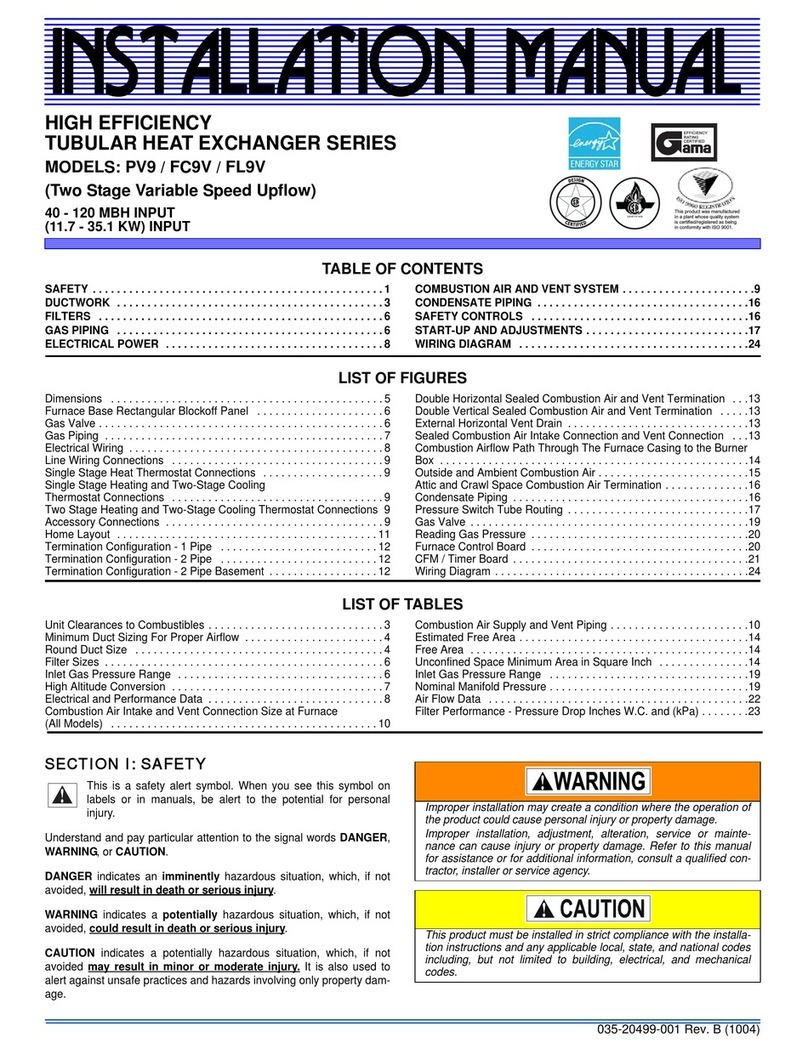
Unitary products group
Unitary products group PV9 User manual
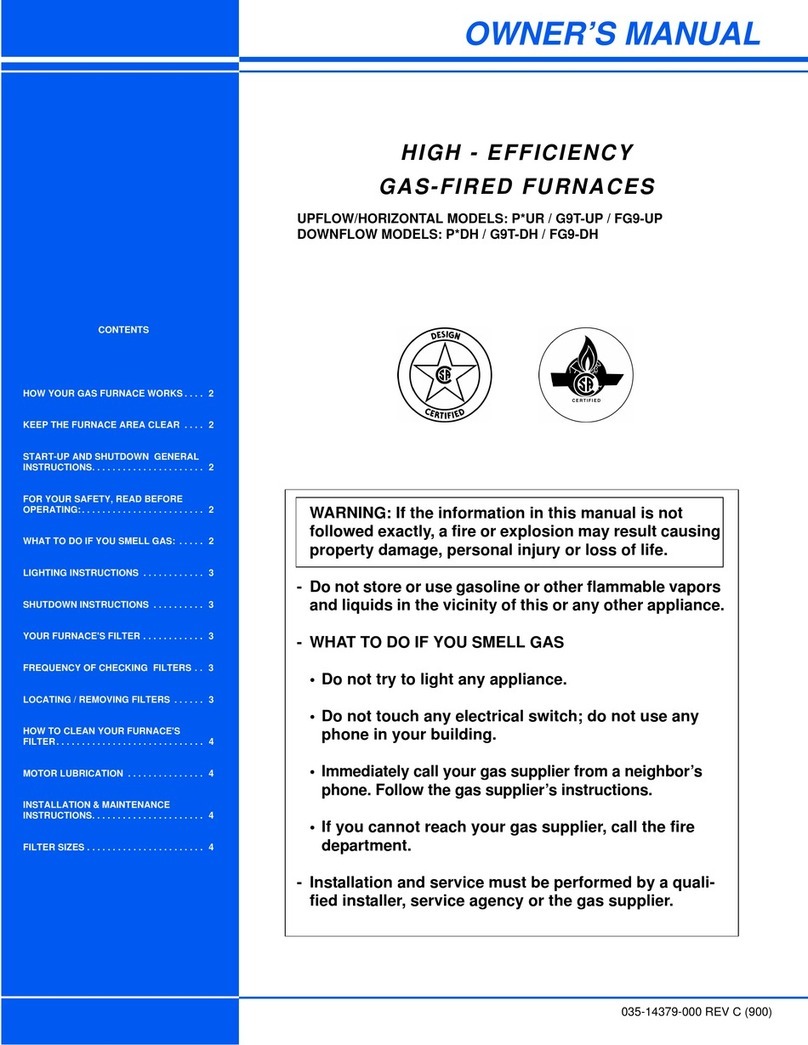
Unitary products group
Unitary products group G9T-DH User manual
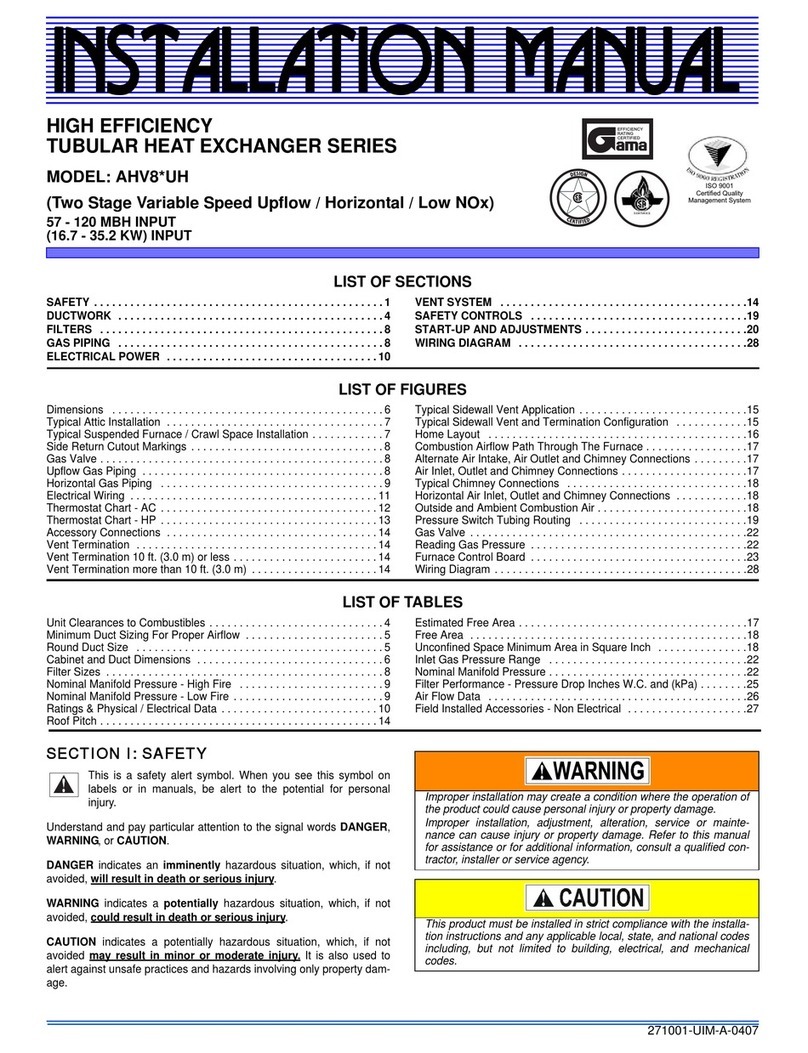
Unitary products group
Unitary products group AHV8 UH User manual
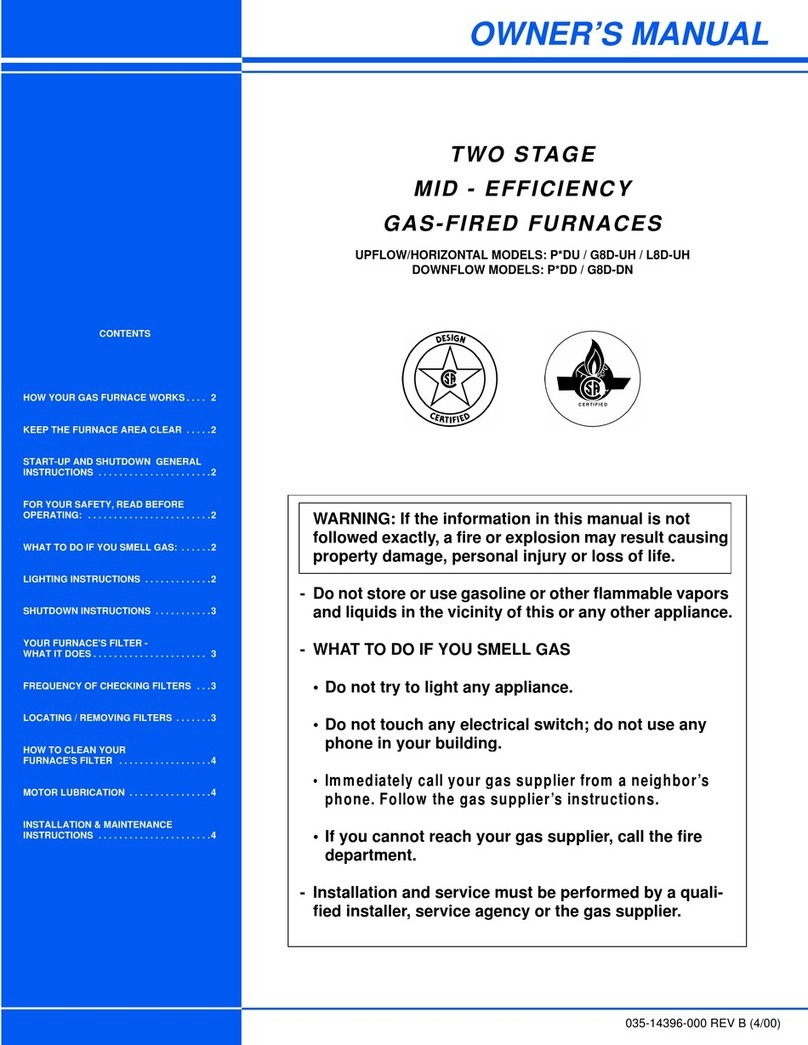
Unitary products group
Unitary products group PxDU series User manual
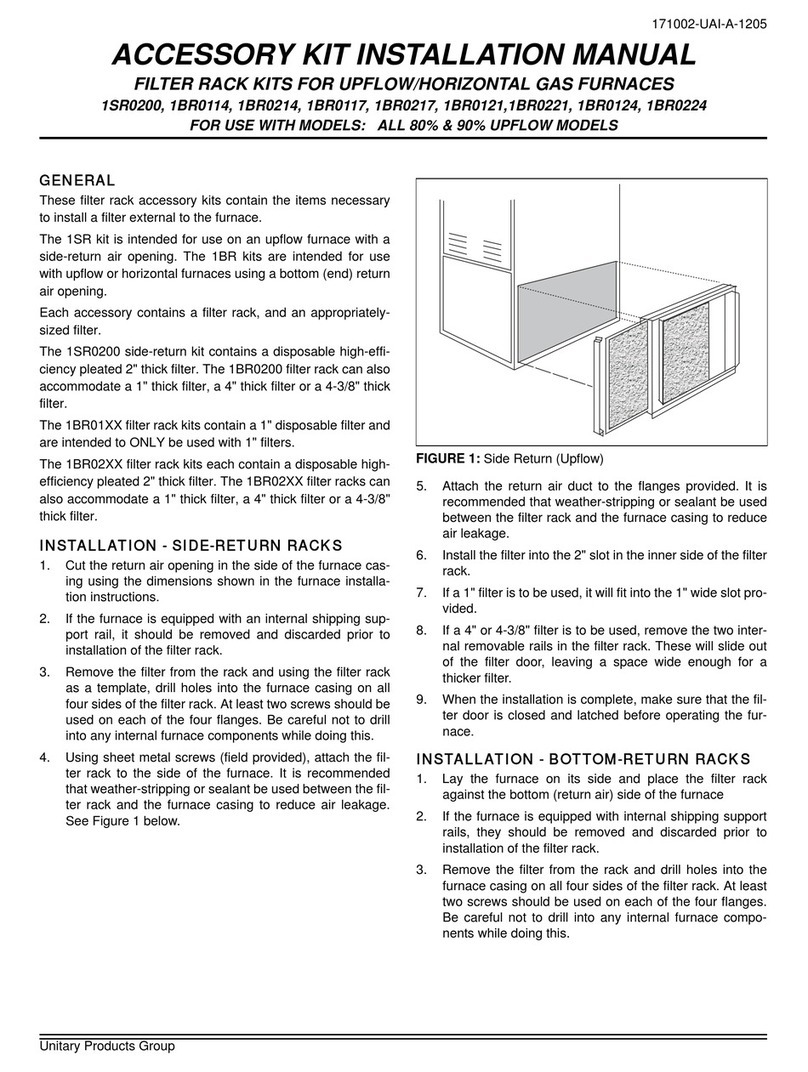
Unitary products group
Unitary products group 1SR0200 User manual
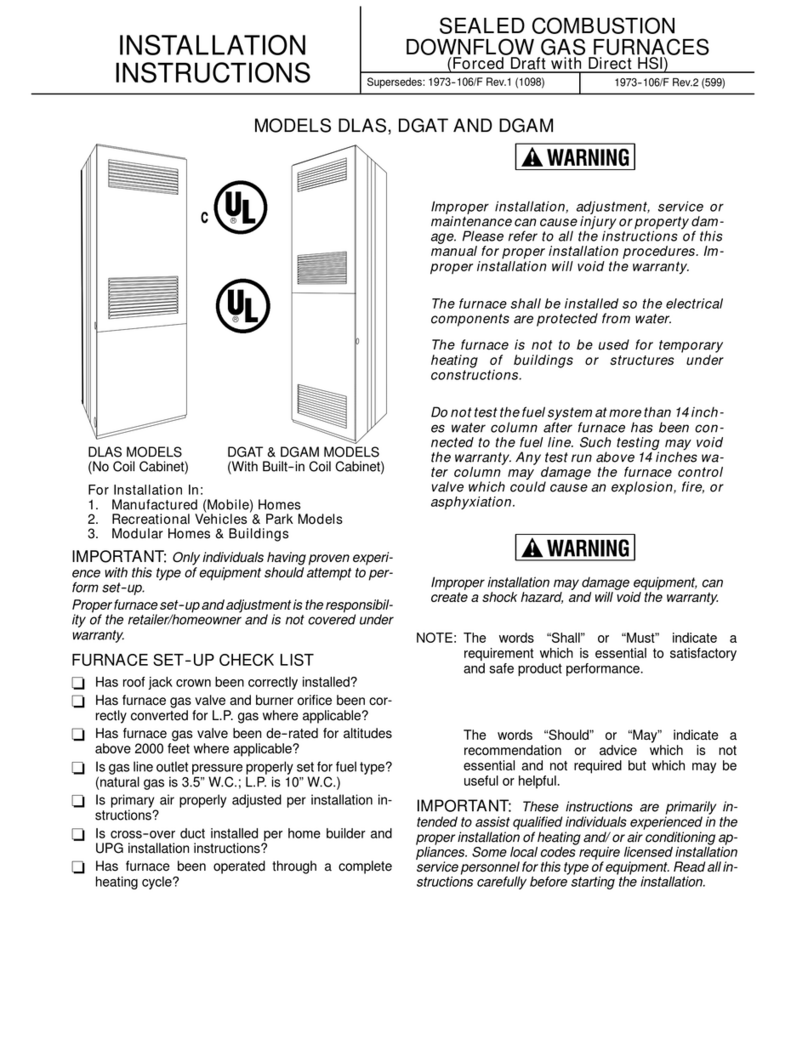
Unitary products group
Unitary products group DLAS User manual
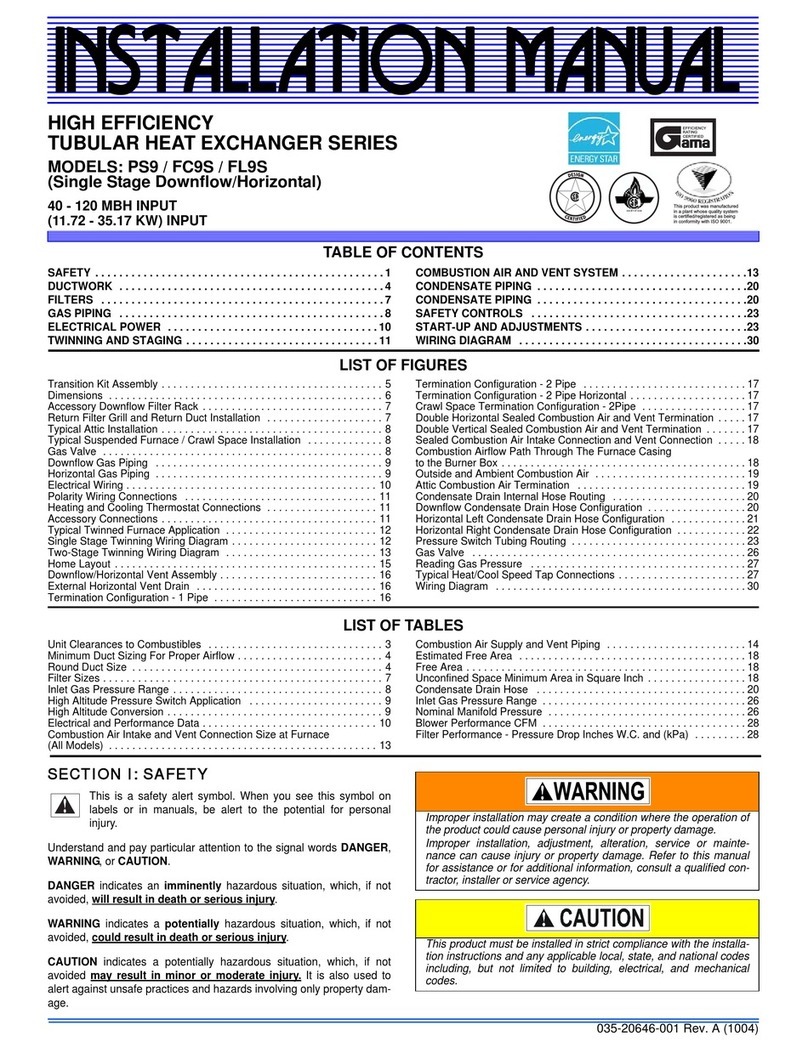
Unitary products group
Unitary products group PS9 User manual
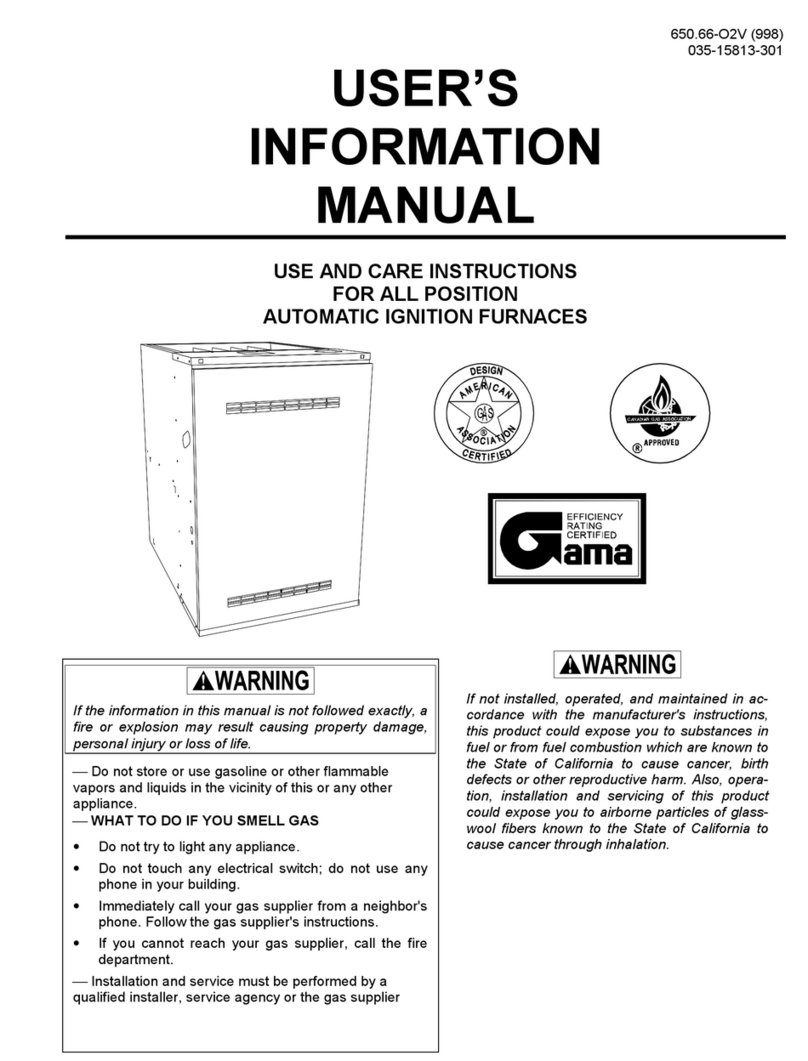
Unitary products group
Unitary products group AUTOMATIC IGNITION FURNACES Guide
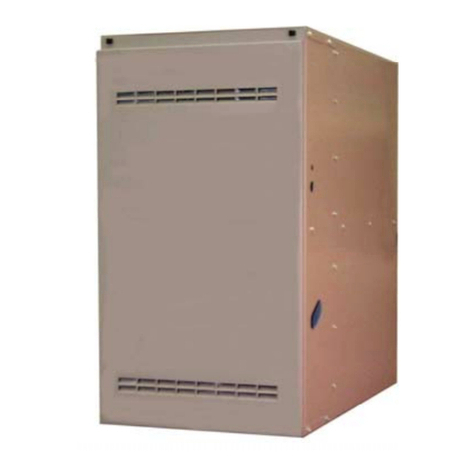
Unitary products group
Unitary products group GF8 SERIES Quick start guide
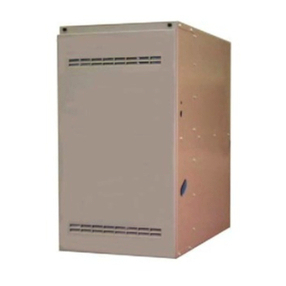
Unitary products group
Unitary products group G8C User manual
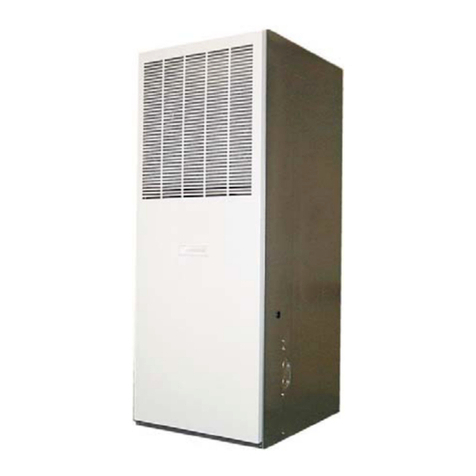
Unitary products group
Unitary products group EB23C Quick start guide

Unitary products group
Unitary products group EB SERIES User manual
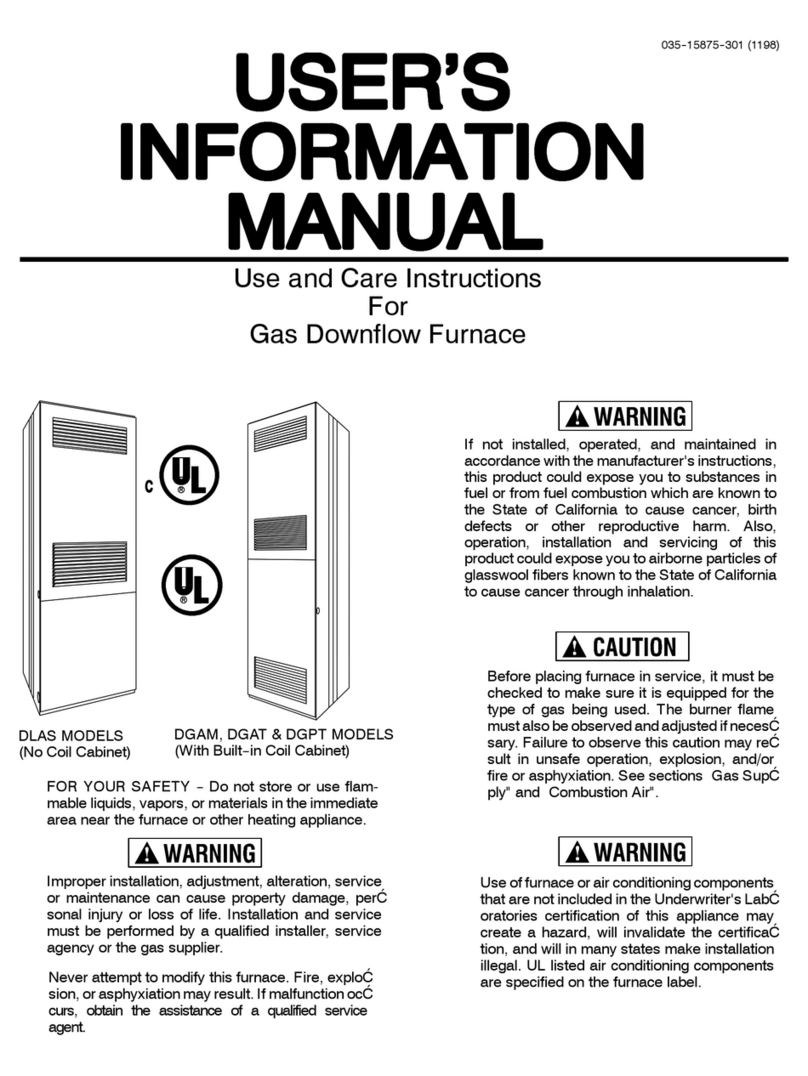
Unitary products group
Unitary products group DLAS Installation guide
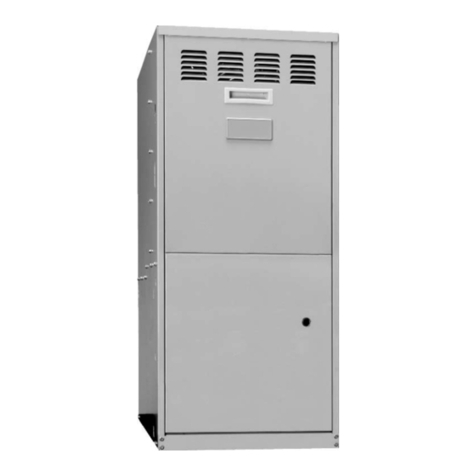
Unitary products group
Unitary products group PxDUA12V06401 series User manual

Unitary products group
Unitary products group G8C 50 User manual

Unitary products group
Unitary products group G8C User manual
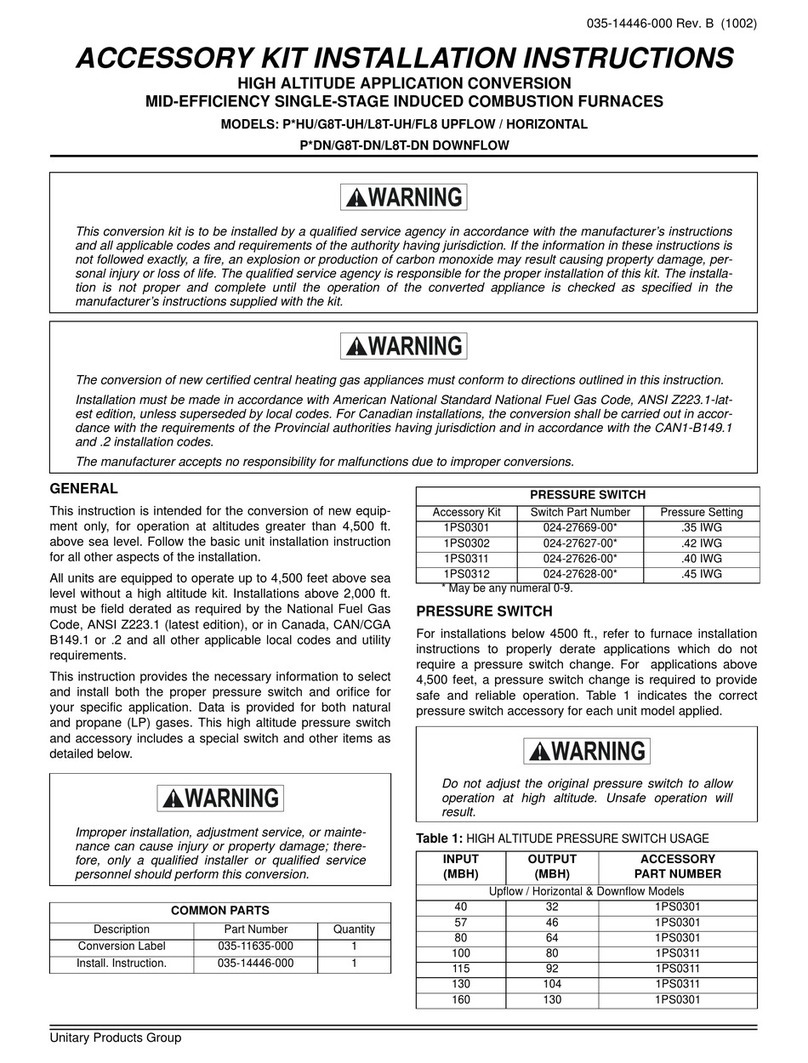
Unitary products group
Unitary products group P HU Series User manual
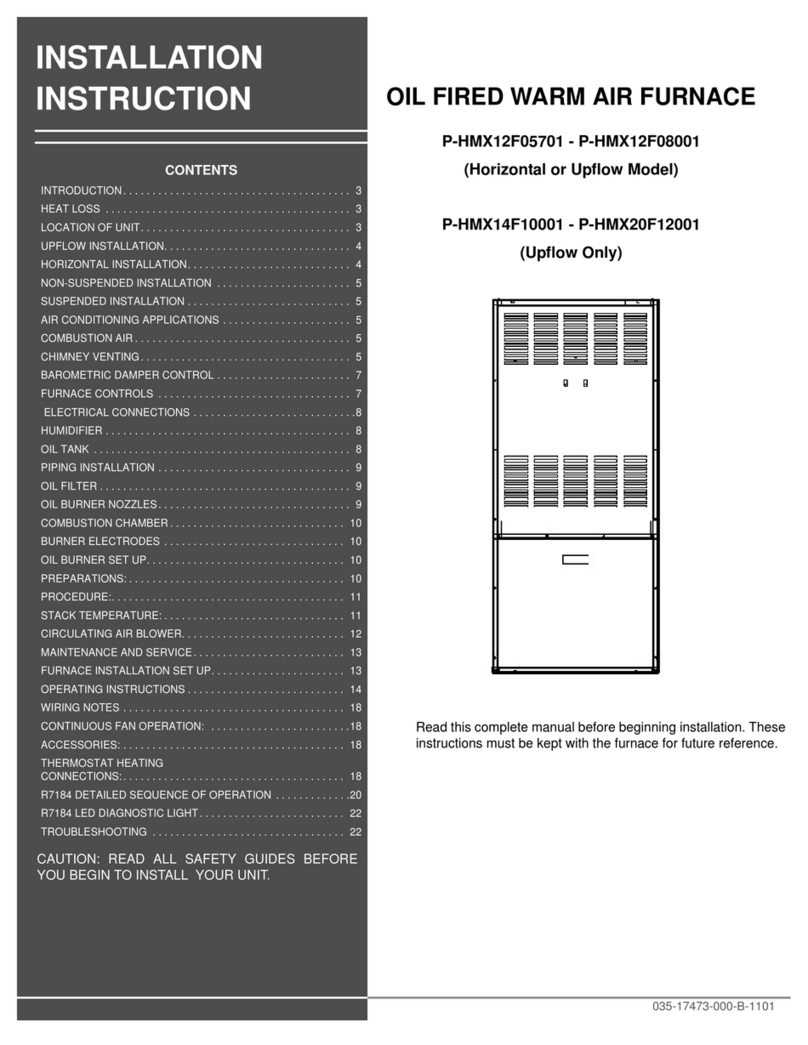
Unitary products group
Unitary products group P-HMX12F05701 User manual
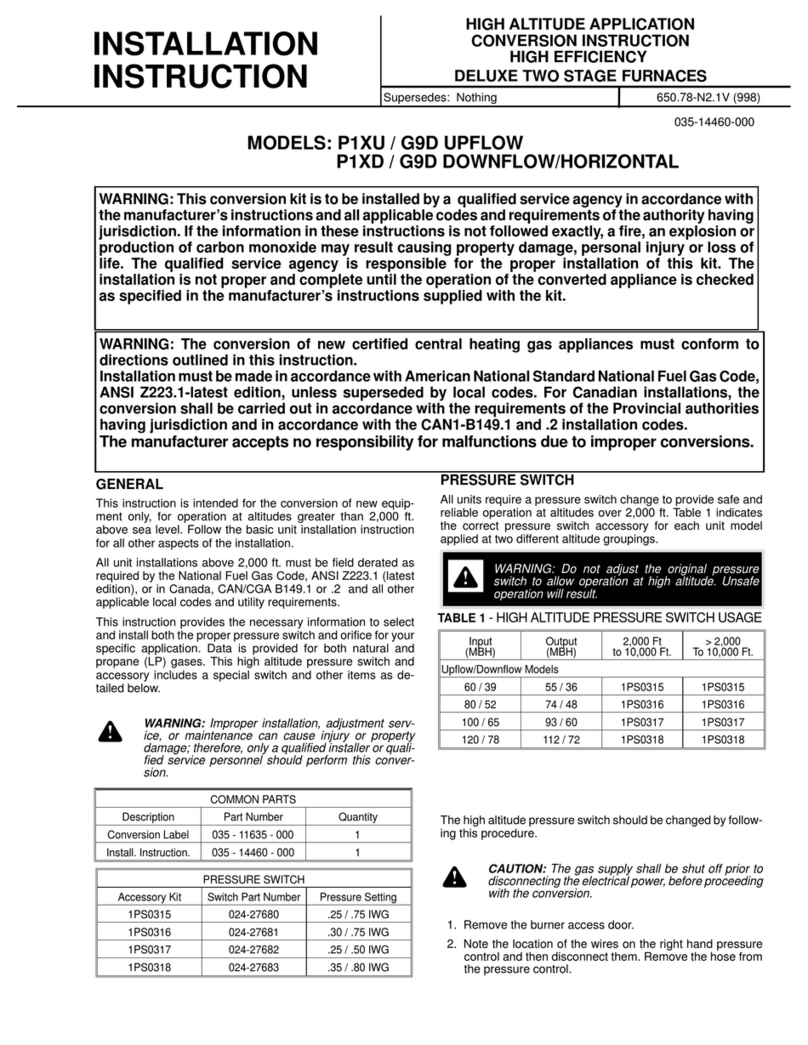
Unitary products group
Unitary products group P1XU / G9D UPFLOW User manual
Popular Furnace manuals by other brands

VERDER
VERDER CARBOLITE GERO RHF 14/8 Installation, operation and maintenance instructions
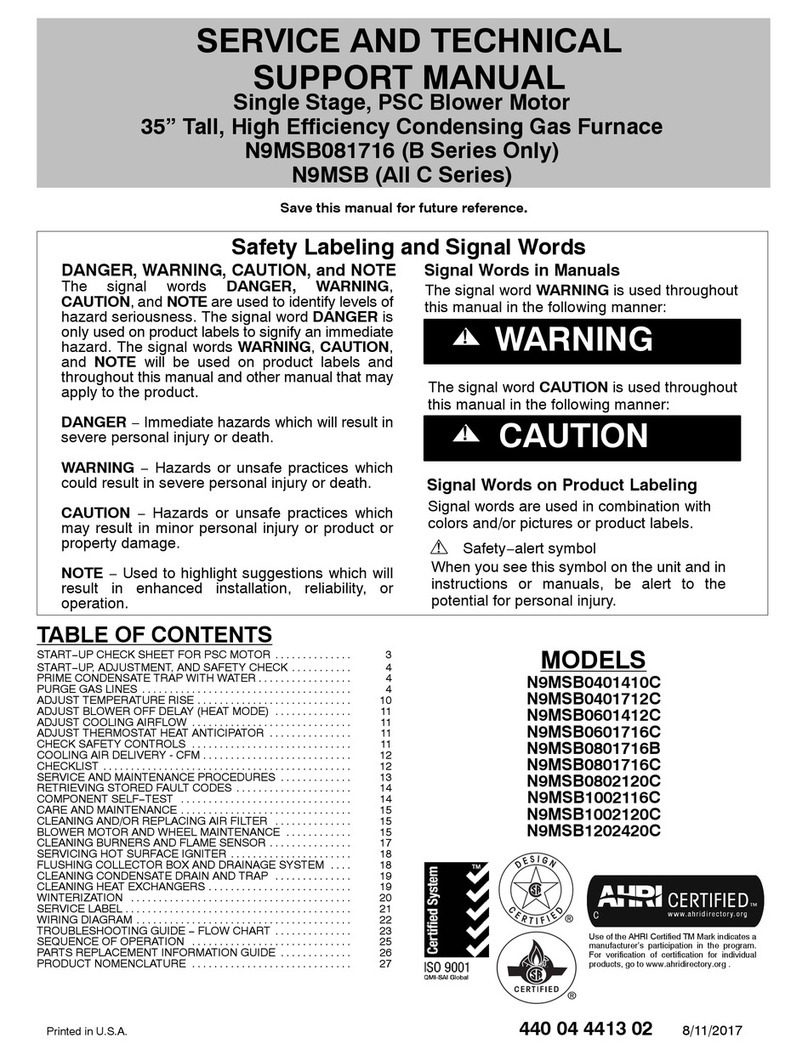
Tempstar
Tempstar B Series Service and technical support manual
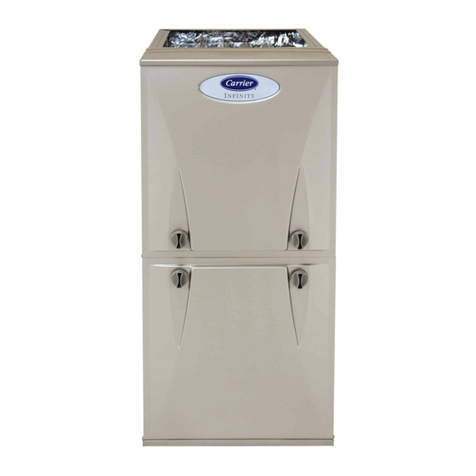
Carrier
Carrier Performance 59SP5A Installation, start-up, operating and service and maintenance instructions

Armstrong
Armstrong EG7H SERIES Installation and maintenance instructions
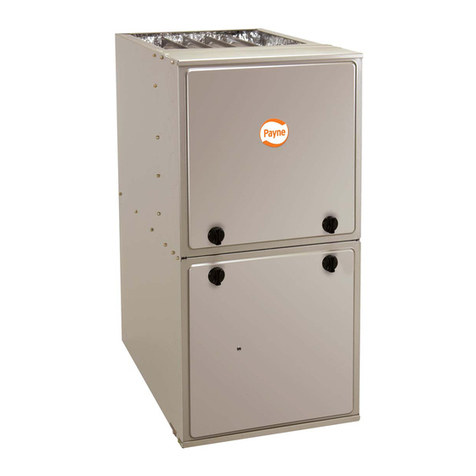
Payne
Payne PG92ESA Installation, start-up, operating and service and maintenance instructions
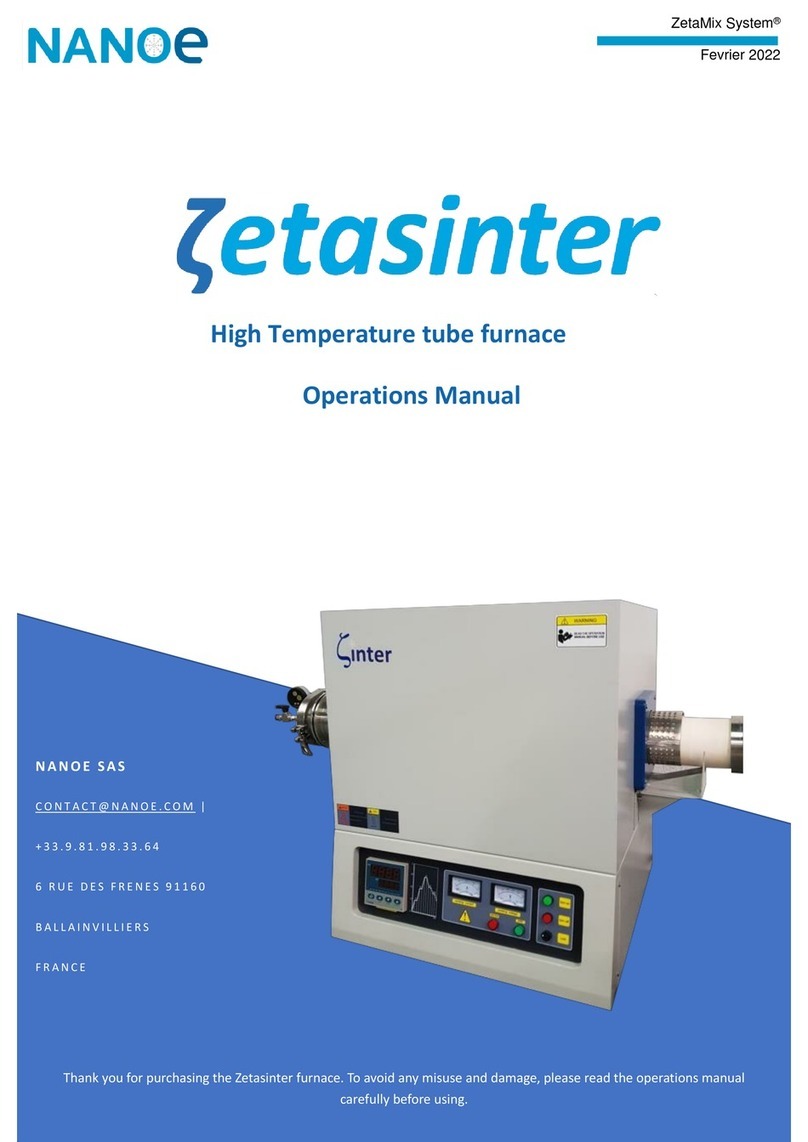
NANOE
NANOE Zetasinter Operation manual

SUPREME
SUPREME FEM10-M2301CM-A Installation instructions and homeowner's manual

Johnson Controls
Johnson Controls TM9T User's information manual
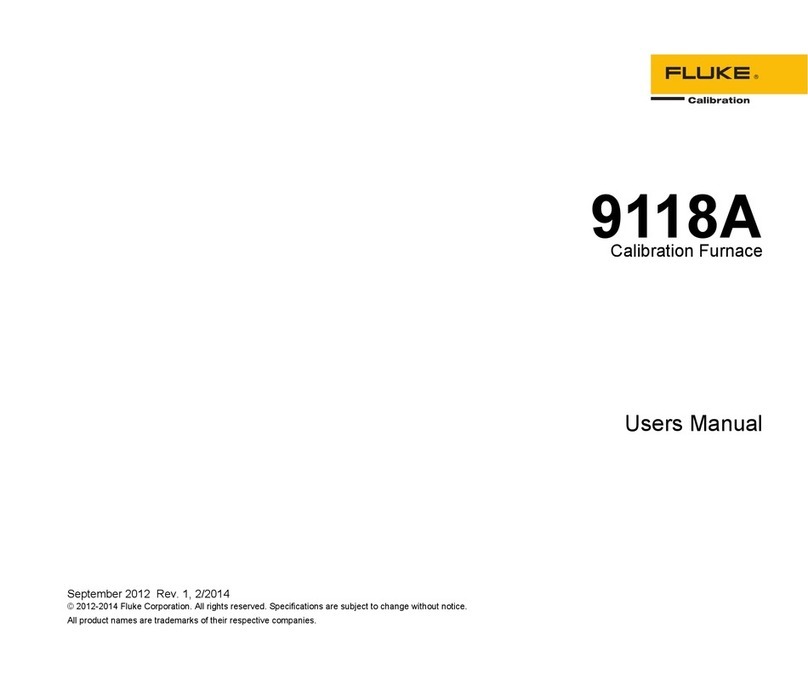
Fluke
Fluke 9118A user manual
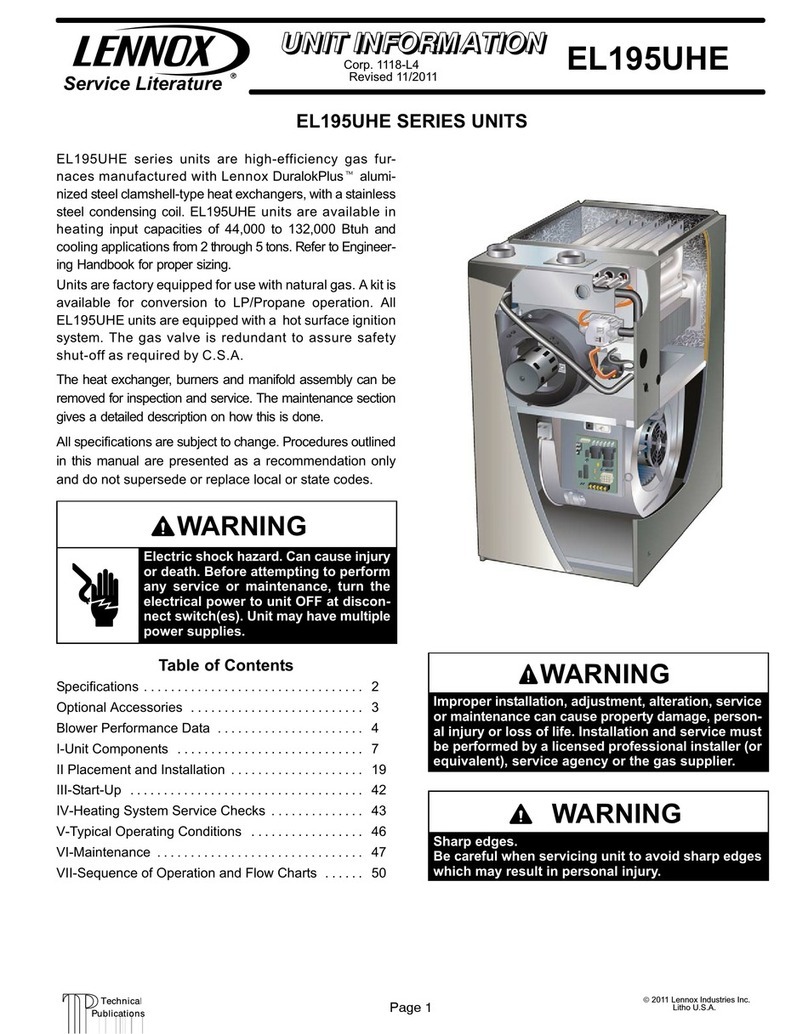
Lennox
Lennox EL195UHE Elite Series Unit information

Intertherm
Intertherm M7RL Series user manual
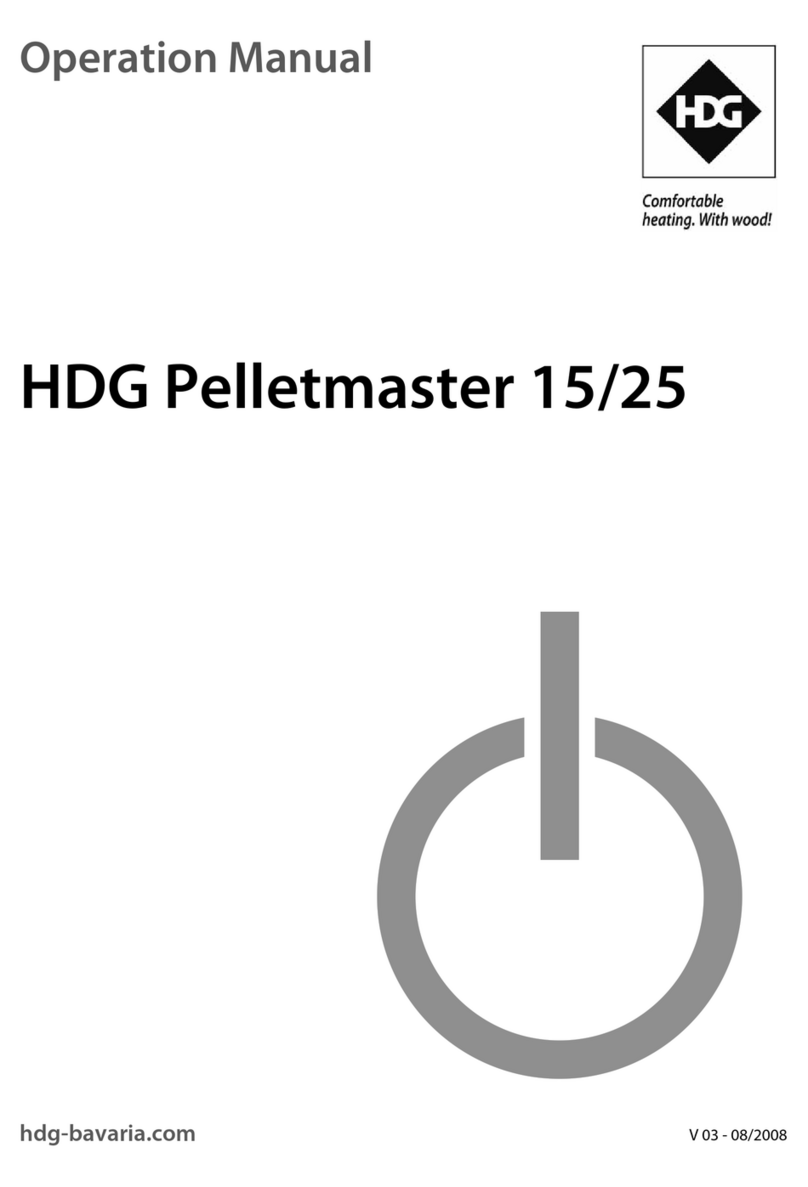
HDG
HDG Pelletmaster 15 Operation manual
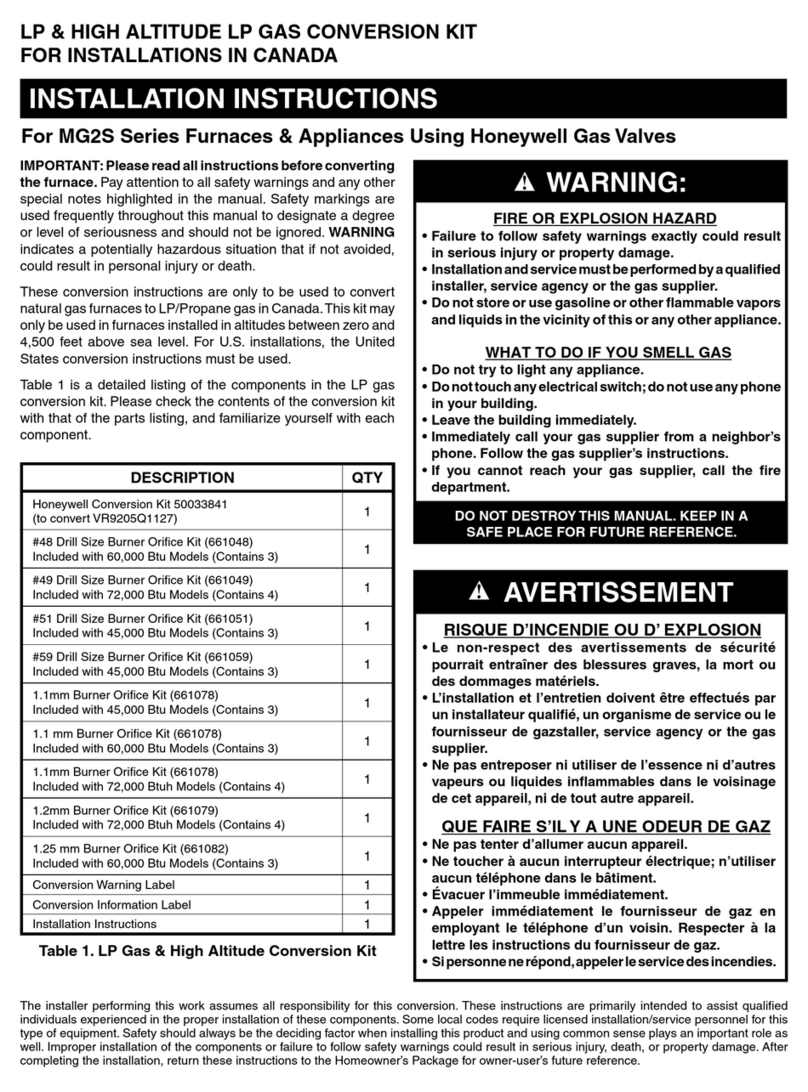
Nortek
Nortek MG2S Series installation instructions

VERDER
VERDER CARBOLITE GERO ABF 8/28 Installation, operation and maintenance instructions

Goodman
Goodman GMV9 Installation & operating instructions
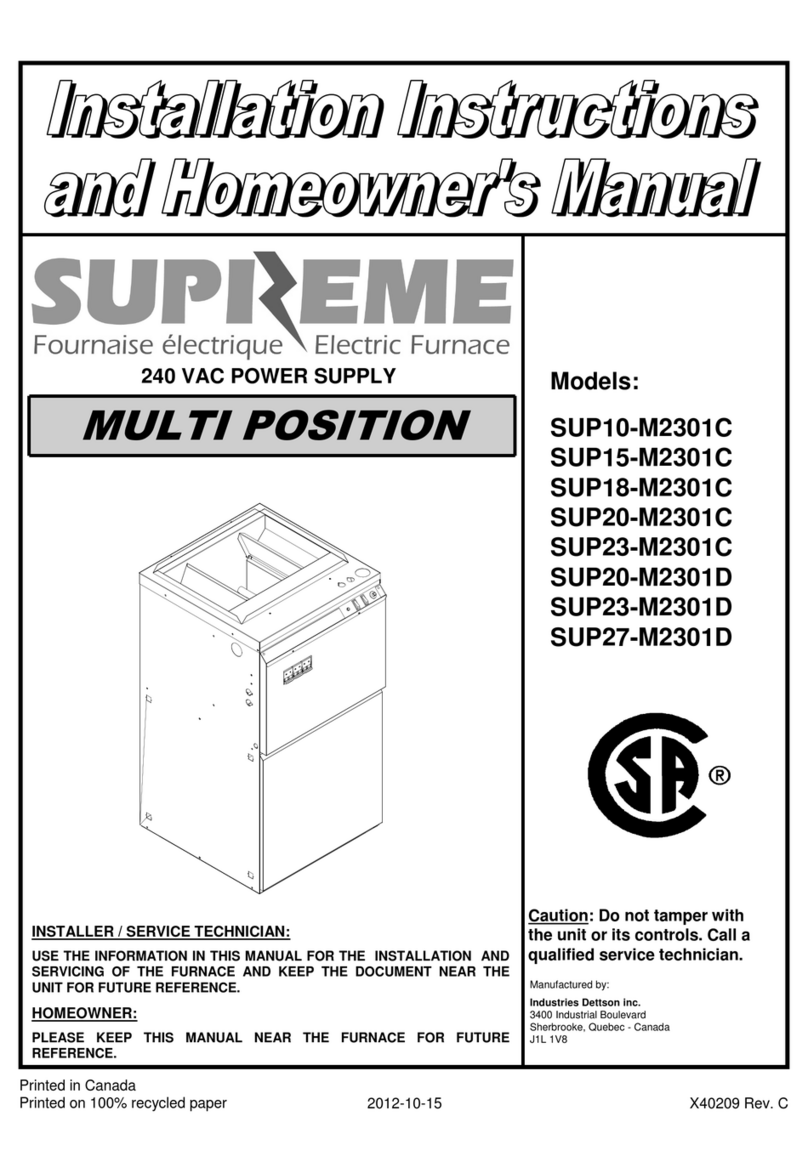
SUPREME
SUPREME SUP10-M2301C Installation instructions and homeowner's manual

Dettson
Dettson AMT400B34-SM1PMA Installation instructions and homeowner's manual

Evcon
Evcon DGD 60 MBH installation instructions

